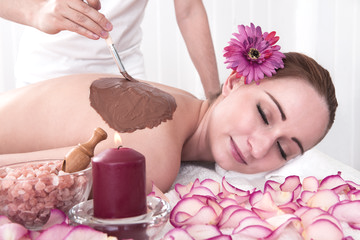Kuramoto Sake Reviews 2022
|
Sake is still gaining popularity, though a mystery to many consumers in Western countries. Why not give it a try today? Anthony Rose is your guide in this introduction to Japan's national drink. Learn more about rice-based drinks with our recommendations, from sparkling sake to sweet Dassai.
If sake is an acquired taste, the world is divided into two kinds of people: those who have tasted it and those who have not. When an insect bites you, the world of happiness opens up to you for everything you can drink, so you will never look back. Part of the process is to understand the recipe and the different degrees, but with a little learning you can enjoy the gates of heaven, but it only opens the taste and Japan makes you feel the pleasure of the national drink. . |




